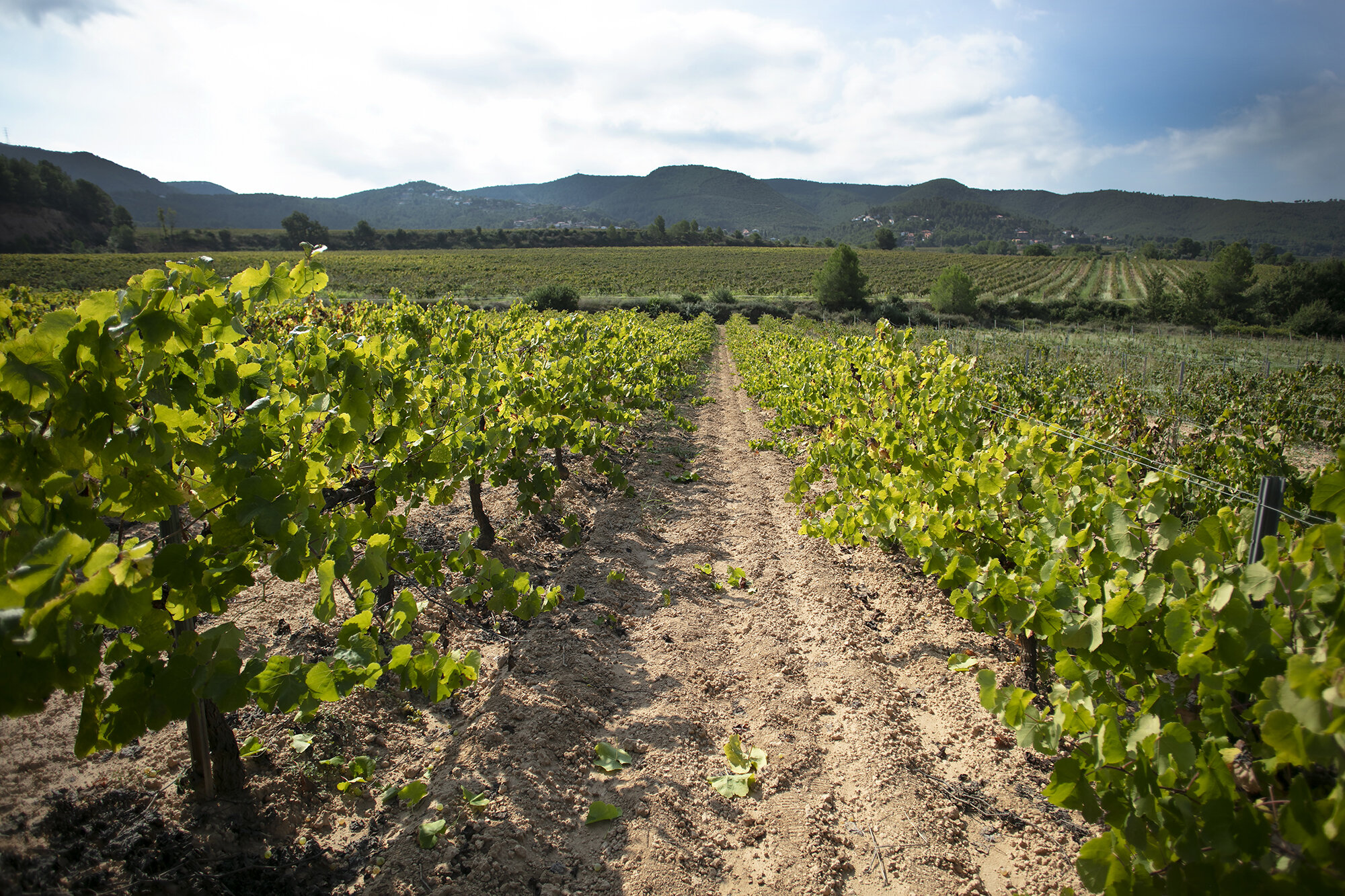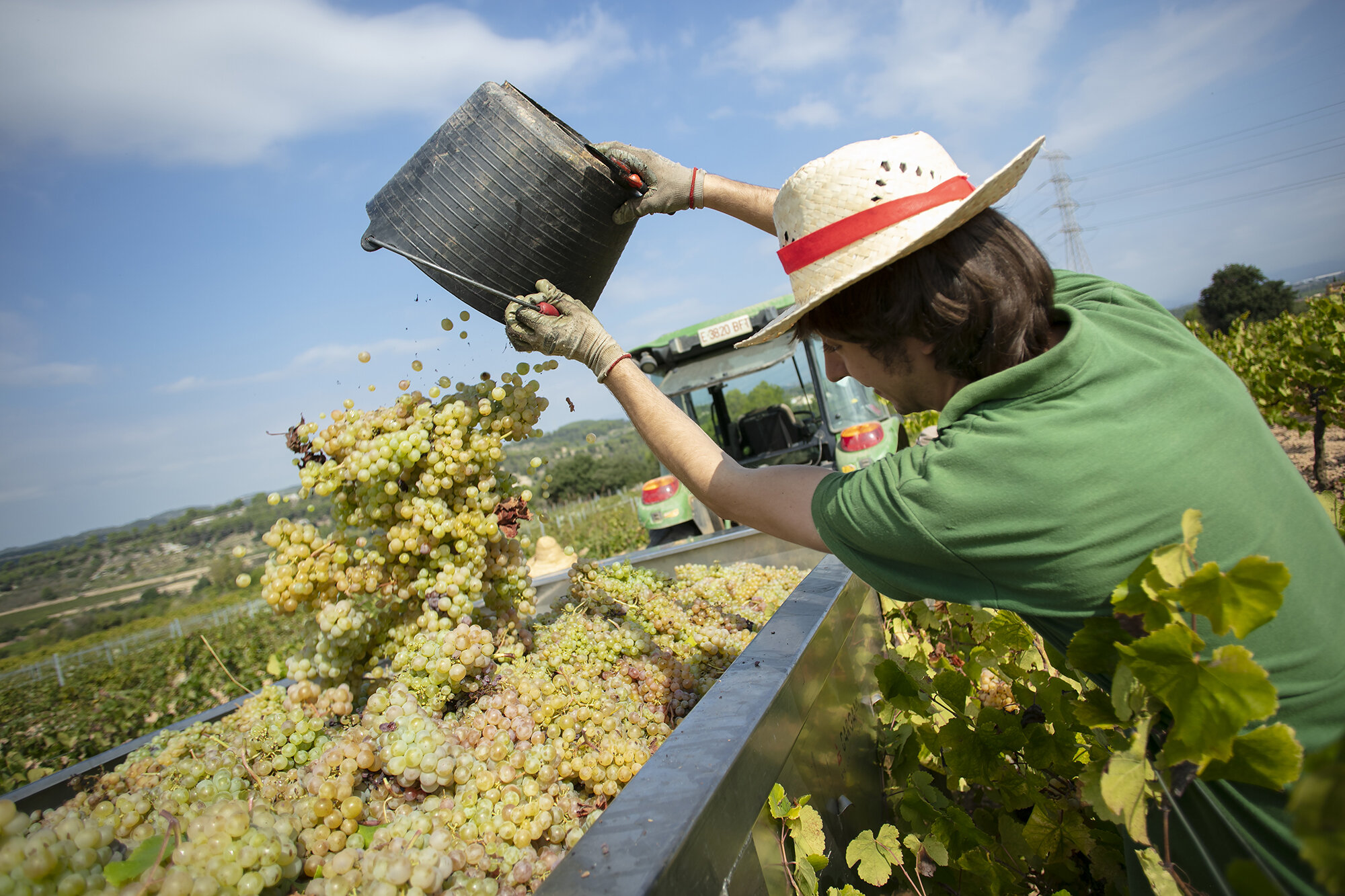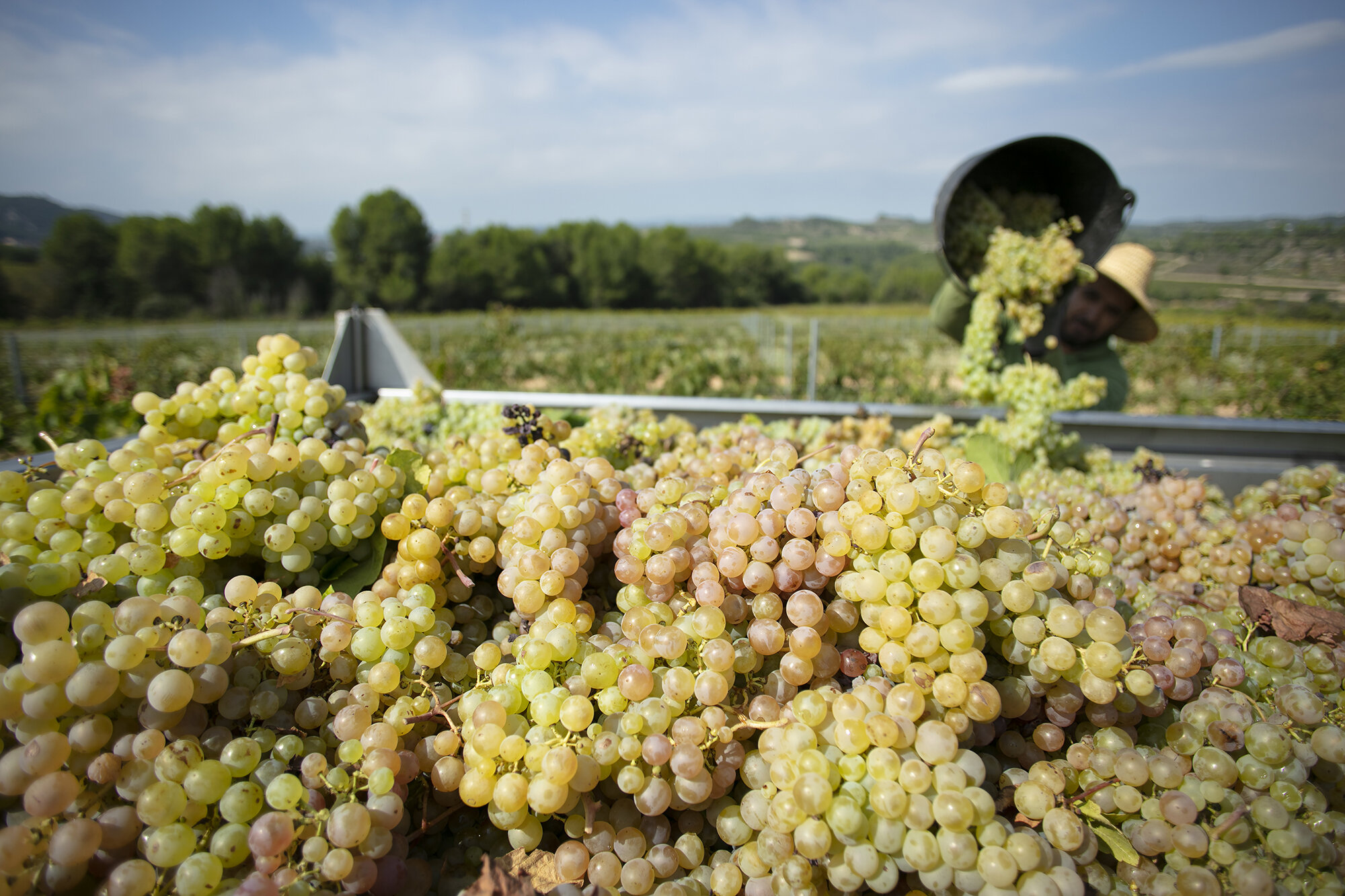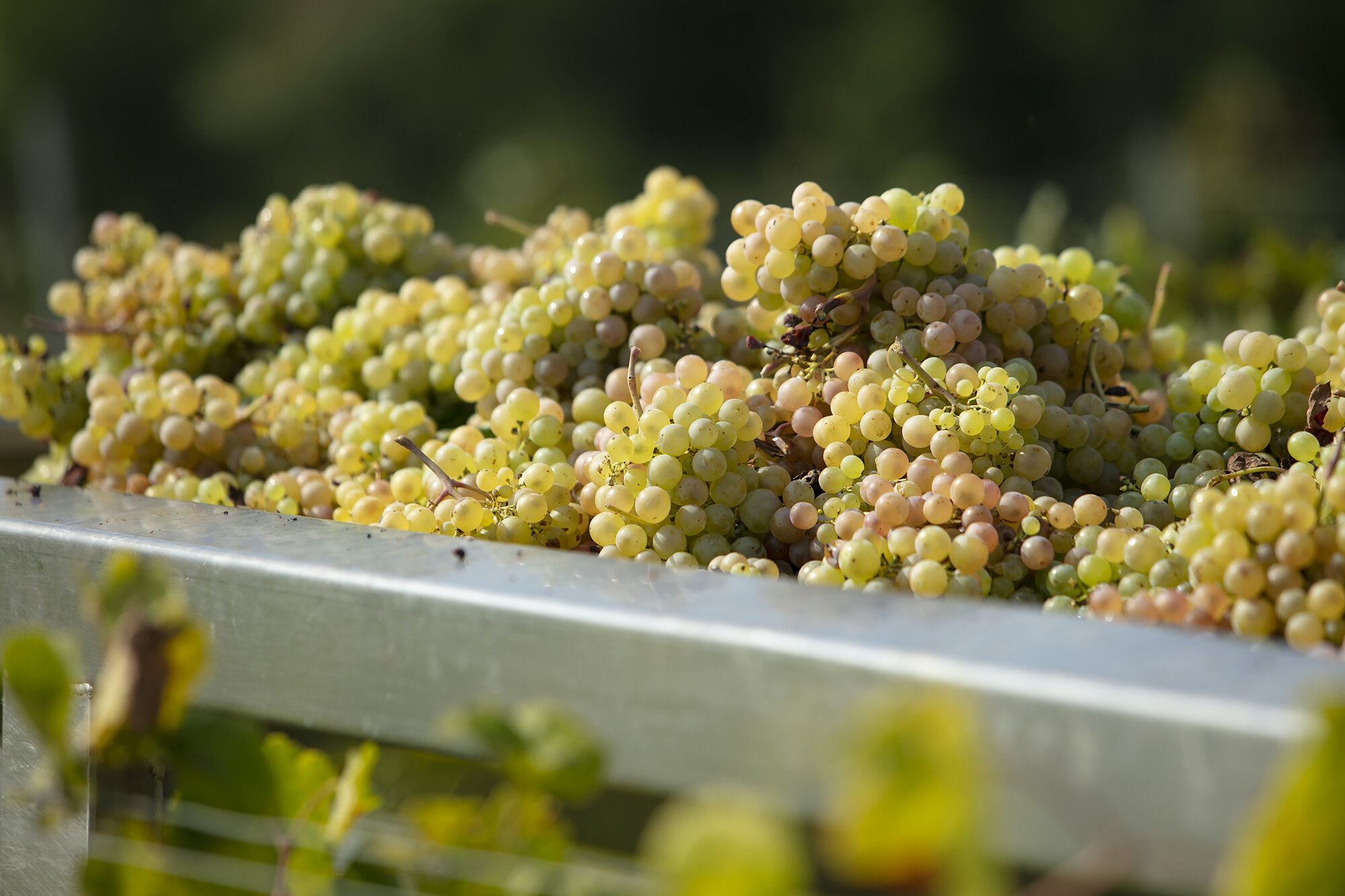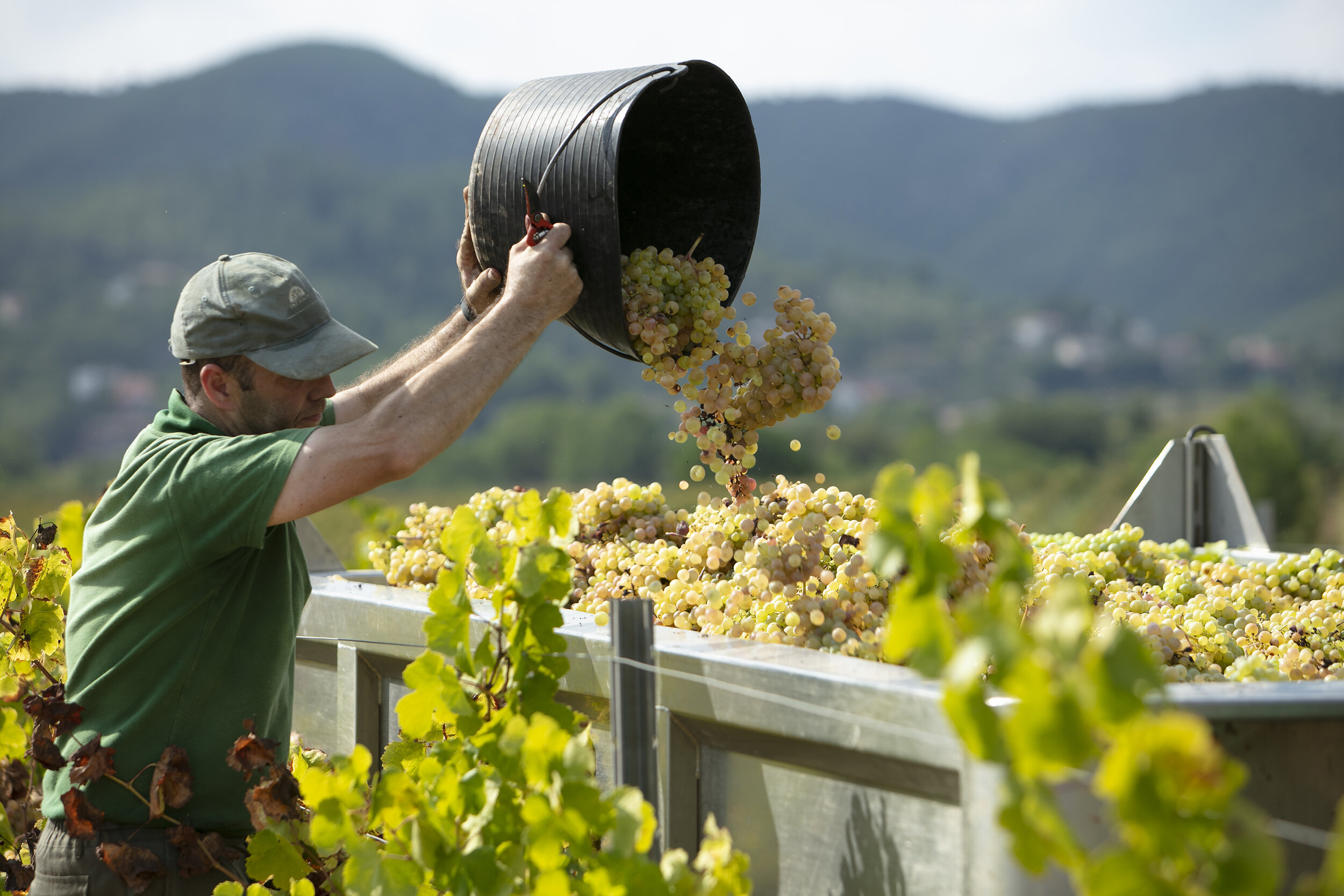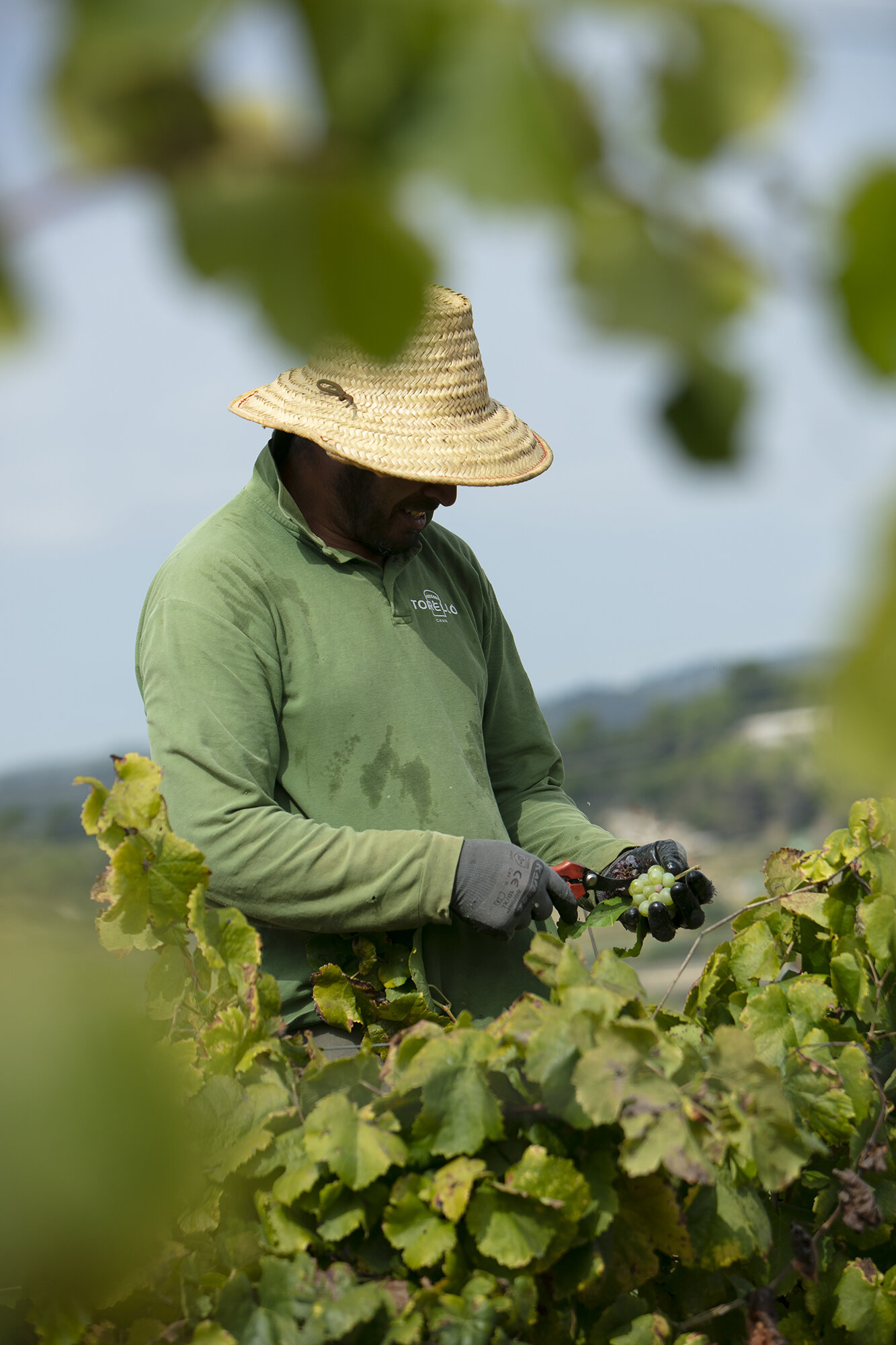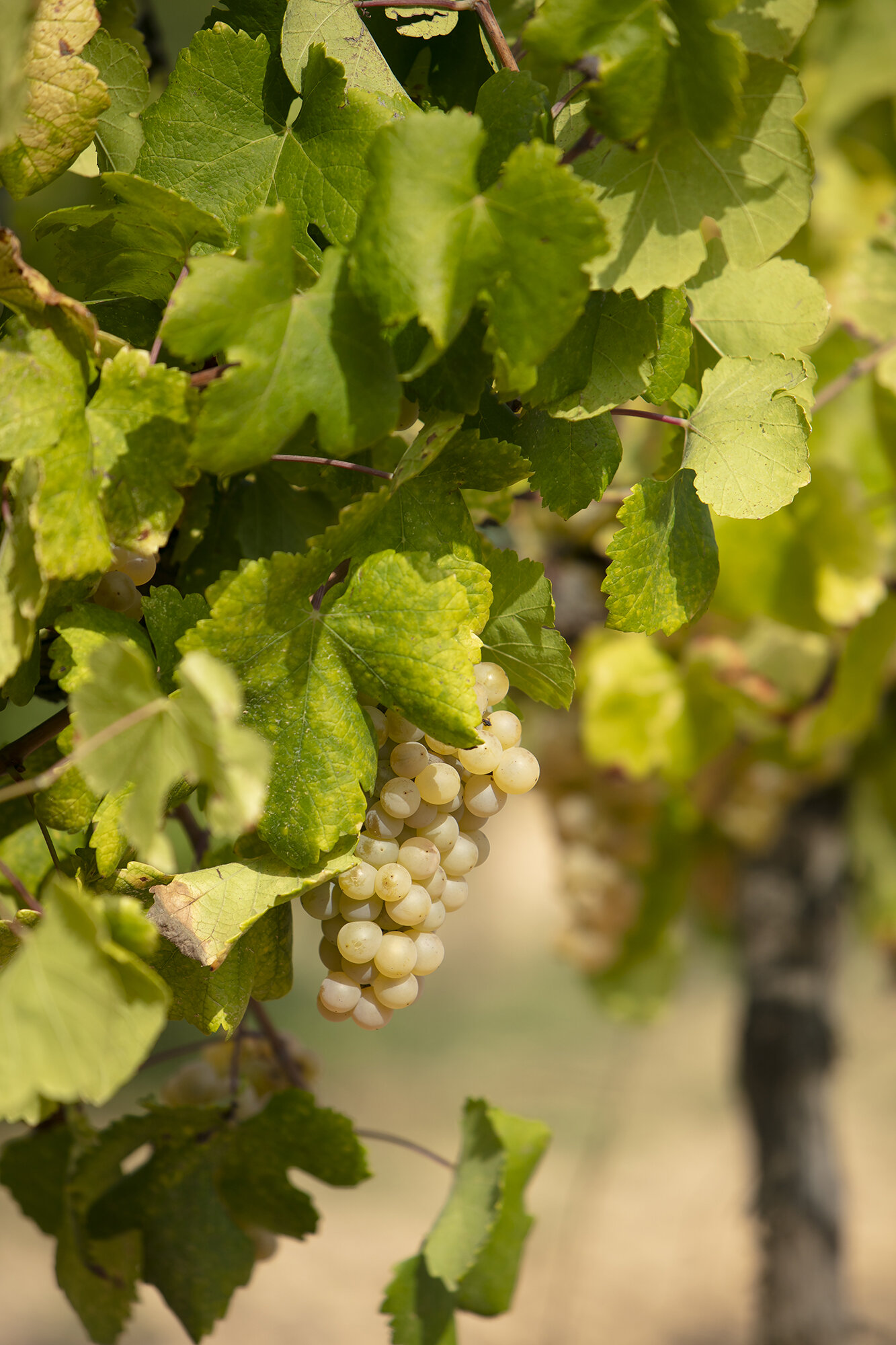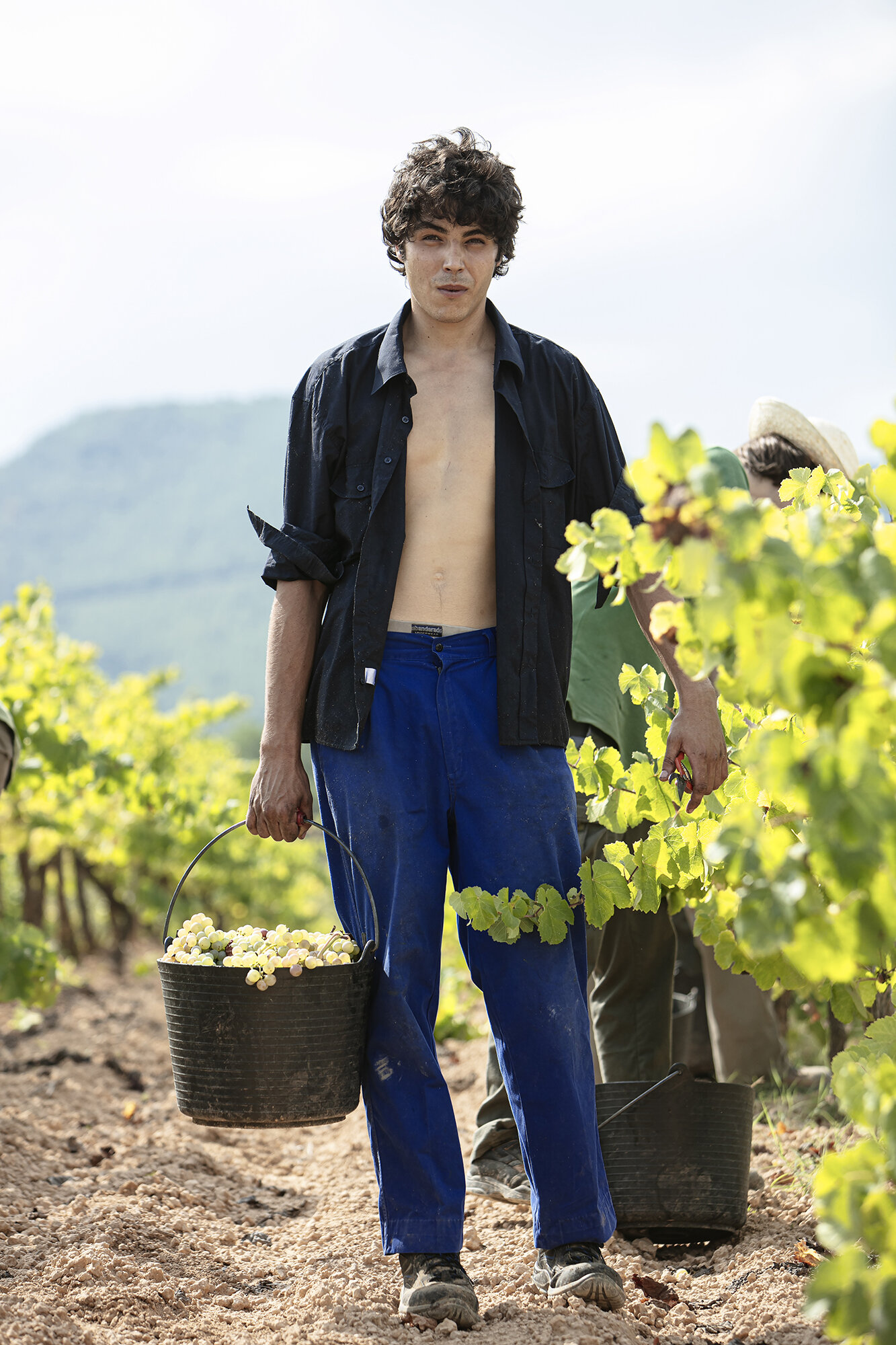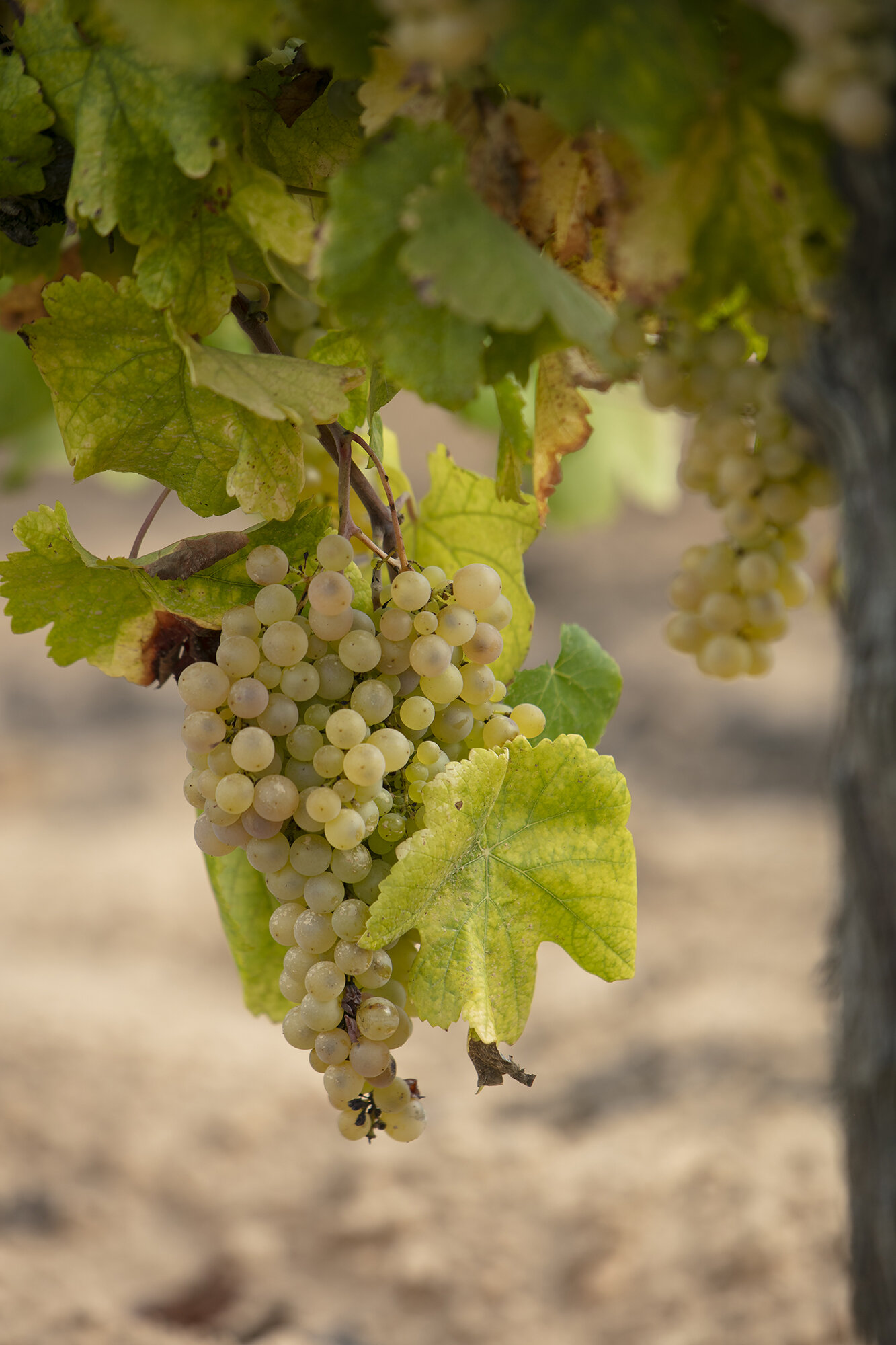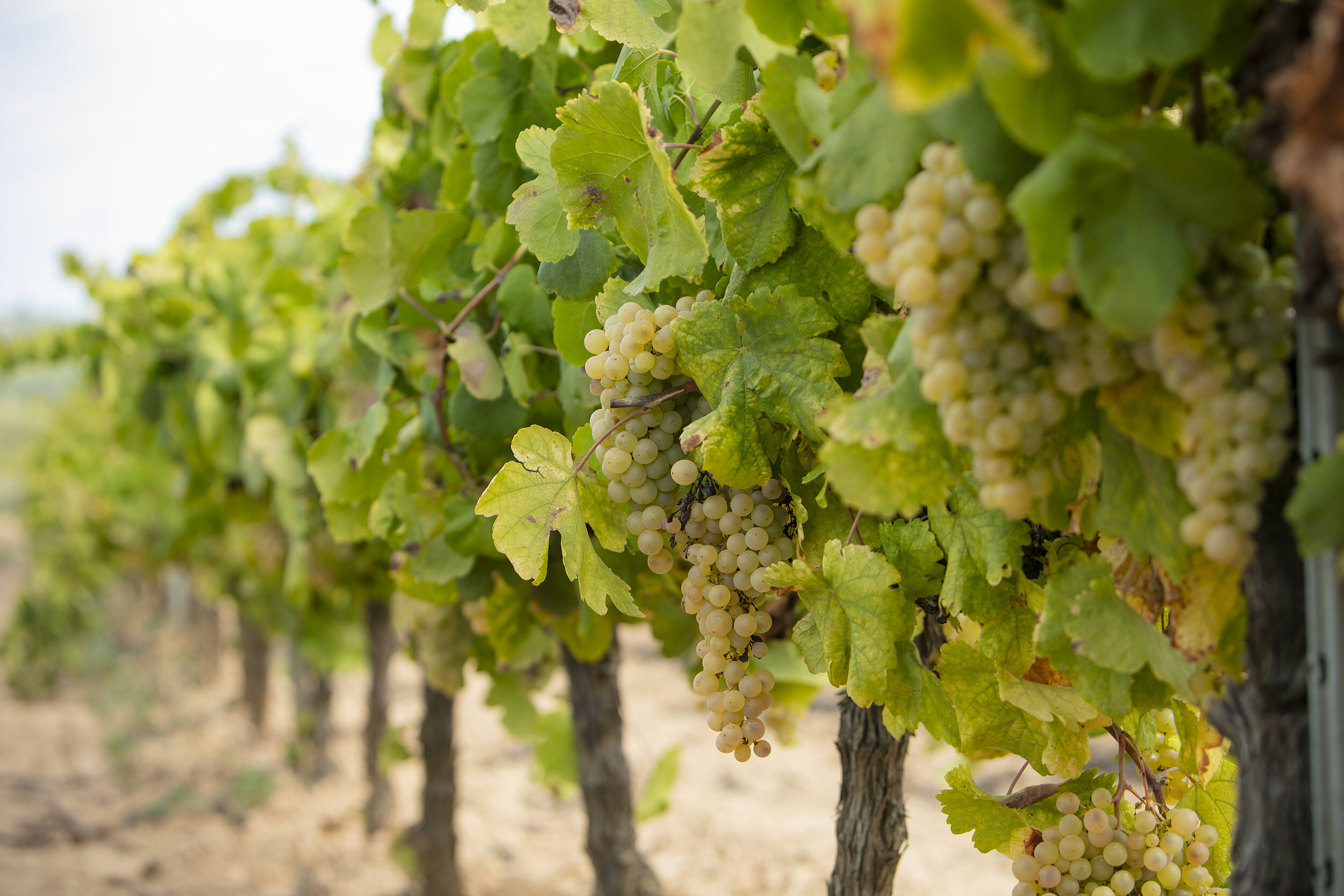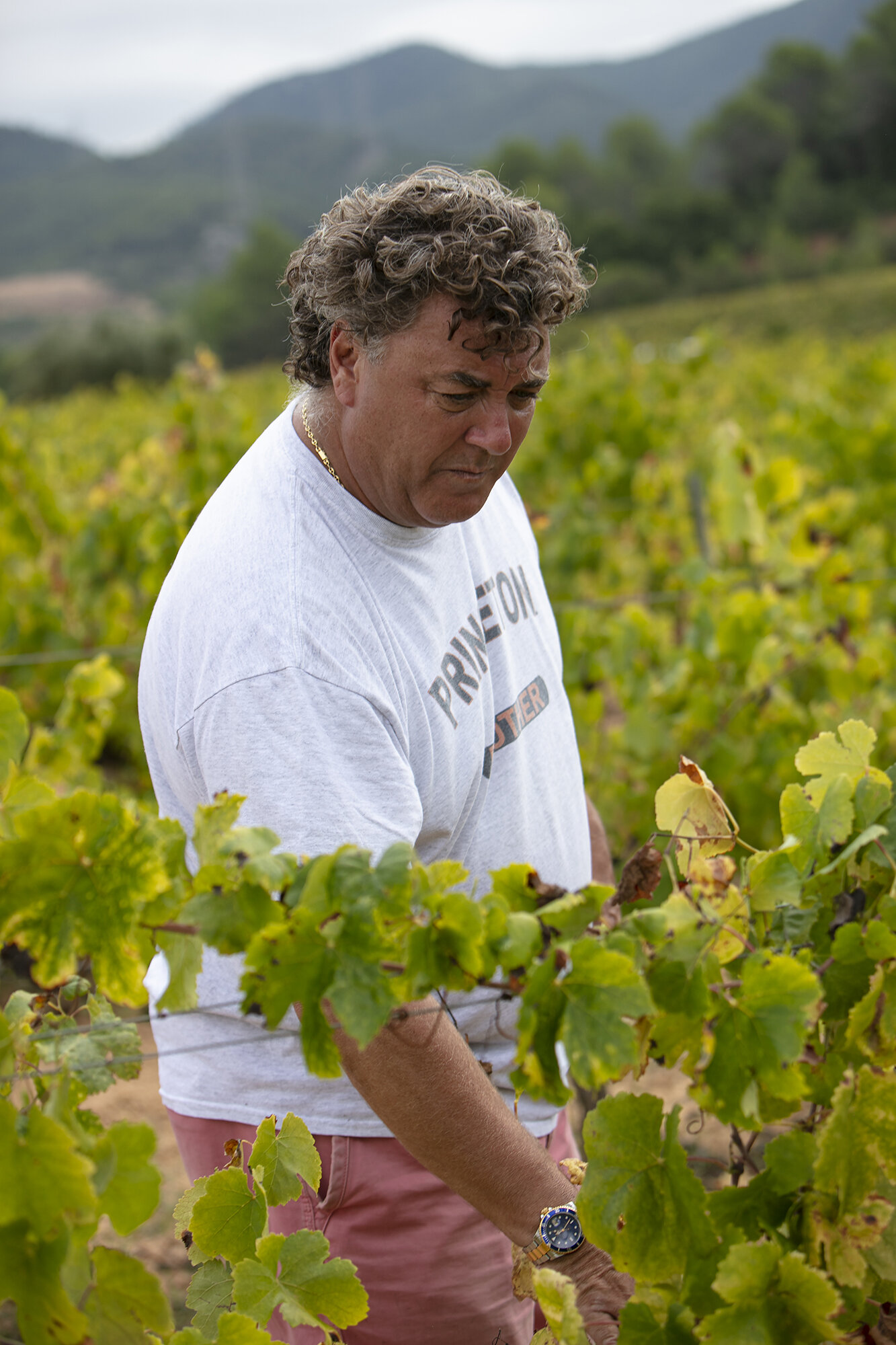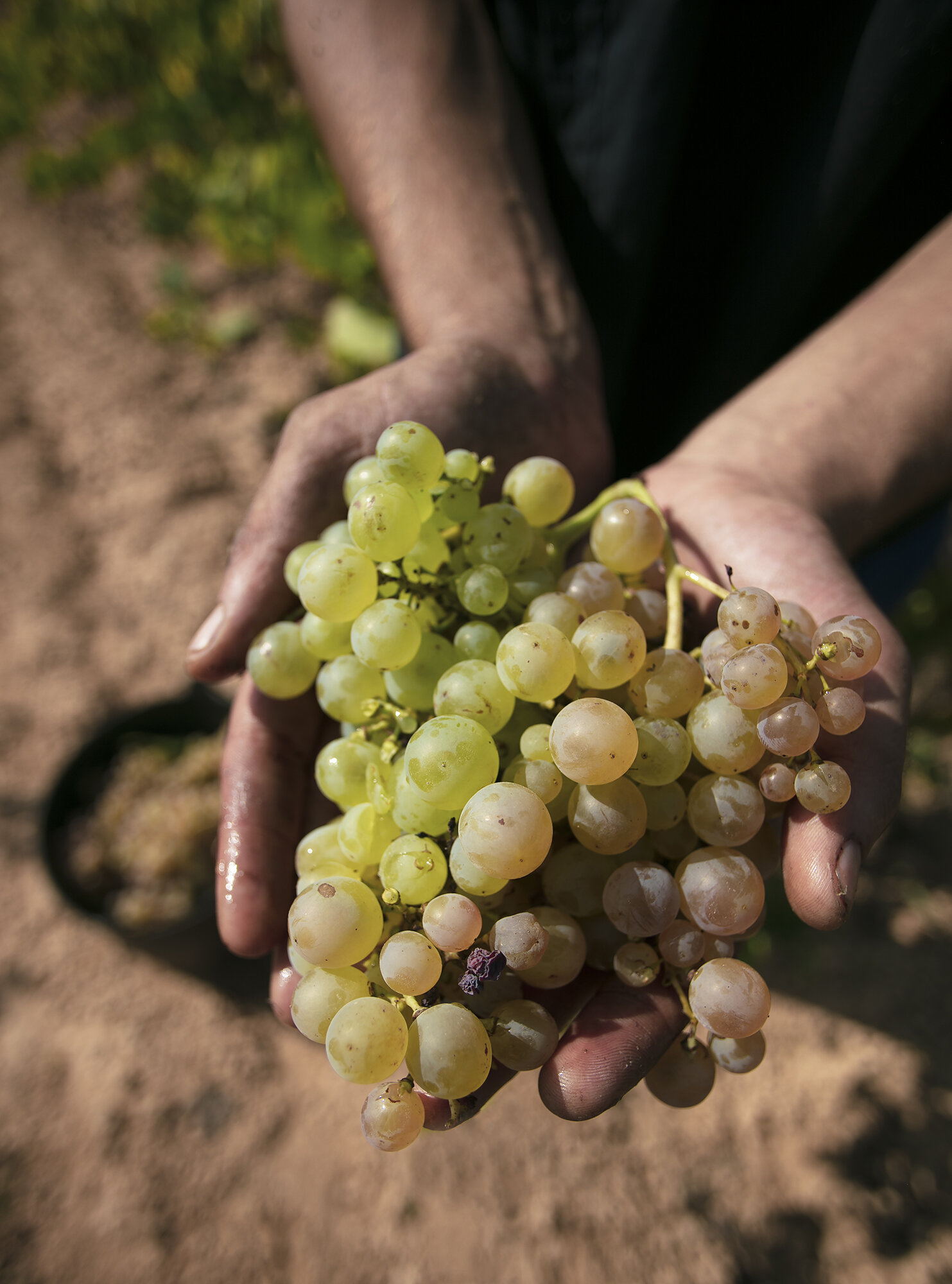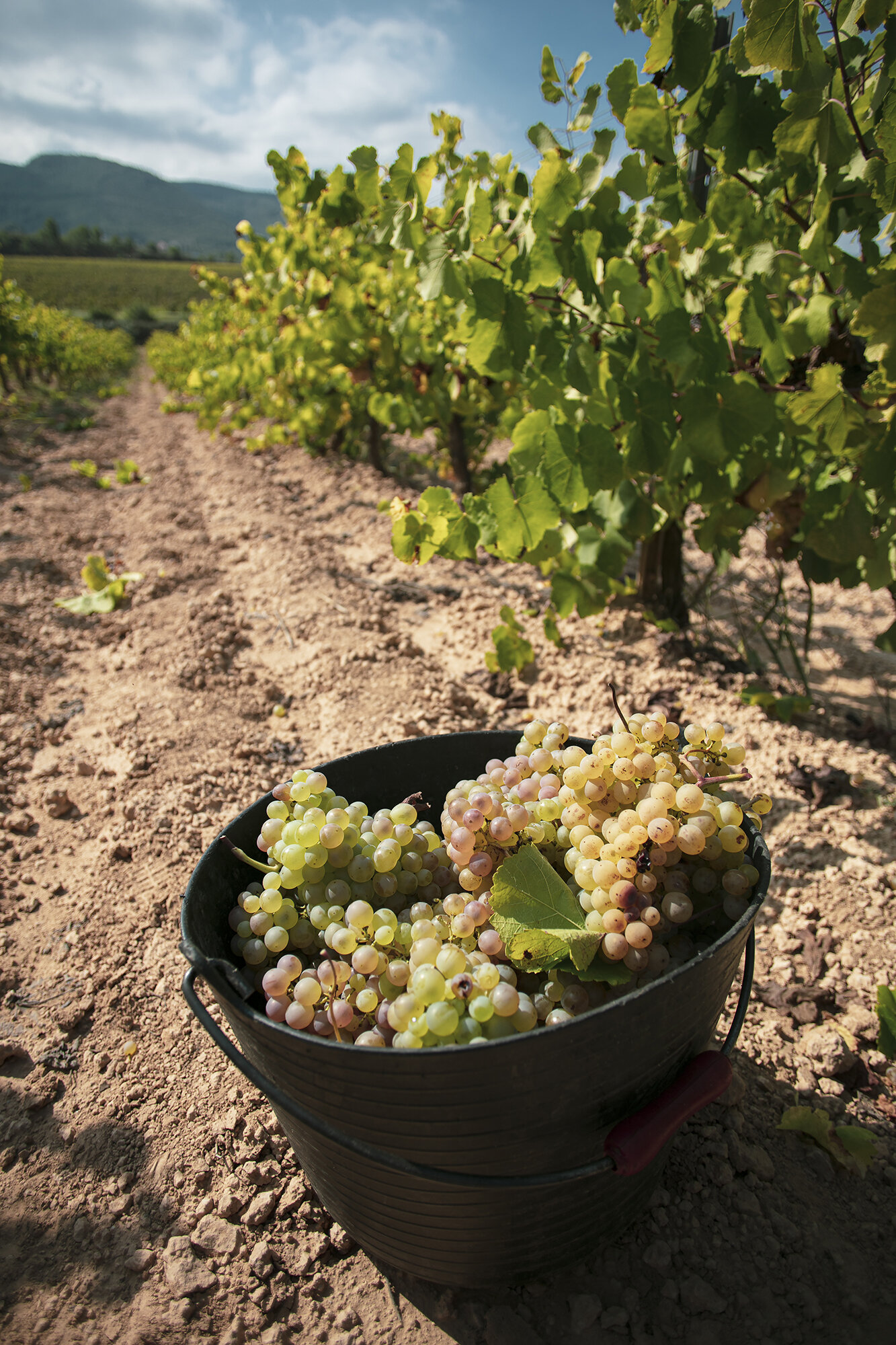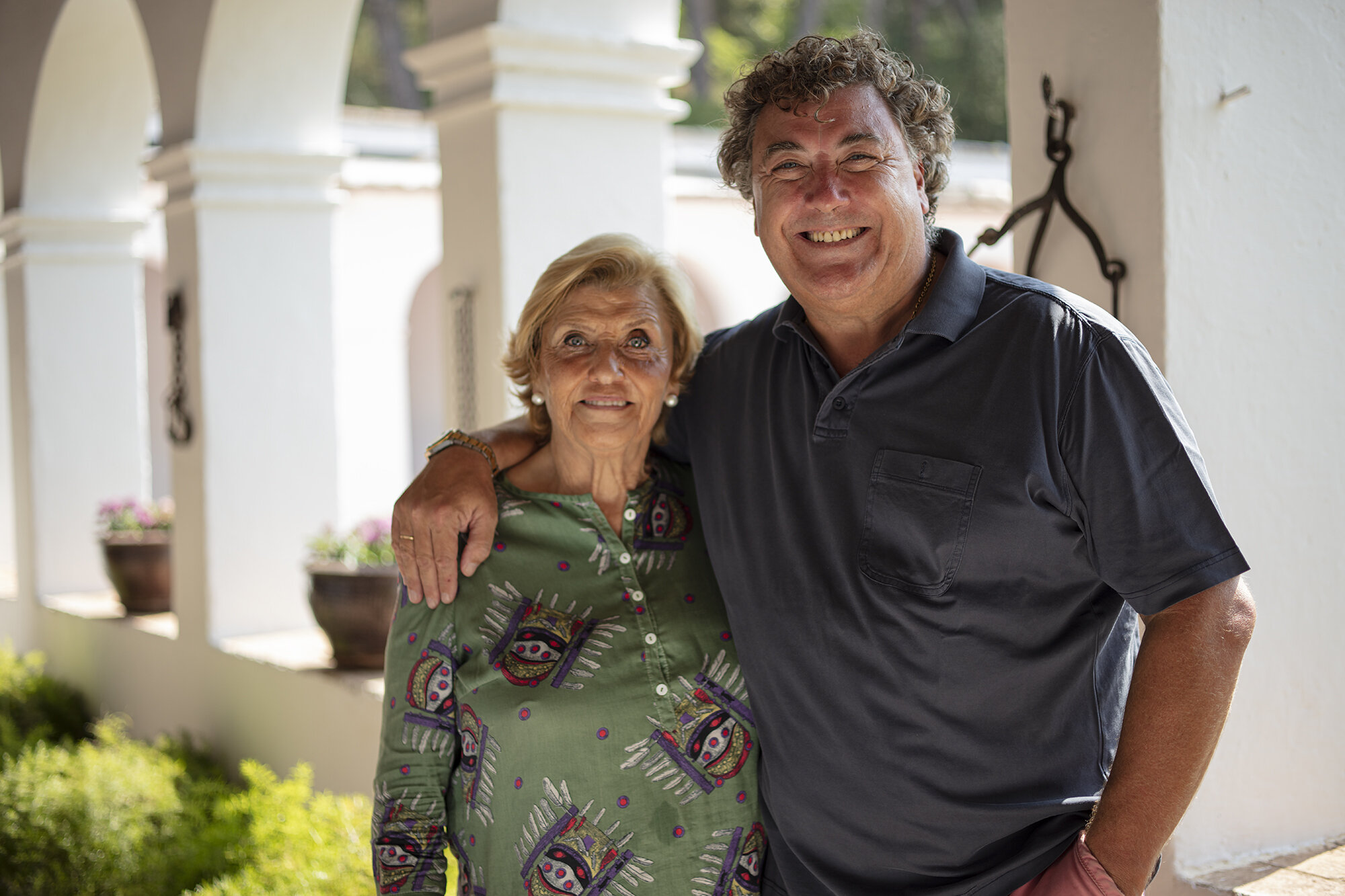Alan de Herrera
Freelance writer & photojournalist
Spain’s 600-year-old winery is a land lost in time
Story and photos by Alan De Herrera
Catalonia has a distinguished winemaking history dating back to the 7th century. Along the base of the rugged and awe-inspiring peaks of Monsaratt Mountain lays the fertile wine-growing region of Alt Penedès where the first vines of northeastern Spain were planted. A land lost in time, this splendid medieval countryside with rolling hills and charming villas is just 35 kilometers from Barcelona. Nearby, the legendary region of Sant Sadurni d’Anoia, considered the birthplace of Cava, produces the majority of Spain’s exceptional premier sparkling wines.
A land lost in time…
Torelló winery
After the devastating phylloxera plague of the 19th century, Catalonia replanted their vines but eventually transformed the region from red to mostly white grape production because of the high demand from devastated vineyards in France, which were hit the hardest. “French sparkling wine producers from as far as Champagne came looking for fresh white wines to buy. This demand eventually inspired Spanish winemakers to start producing their own sparkling wines,” says Dutch Master of Wine Frank Smulders, an authority in Champagne and Spanish cava.
One of the oldest and most prestigious winemakers in the Penedès region is Torelló winery, which produces exclusively dry long-aged cavas in addition to still wines and extra virgin olive oil. I recently got a chance to tour their property during their annual harvest, a time when this region is bustling with activity and excitement as wineries gather the raw materials necessary to produce great wines in coming years.
When I arrived on a warm summer morning, I was greeted by Torello’s gregarious winemaker Francisco del la Rosa, who likes to be called “Paco.” “Welcome to Torello, my friend,” he said, a robust man with blue eyes and light, curly hair. I imagined the self-assured and charming Paco would be the life of any party. “Let’s go see the harvest,” he said, beaming with enthusiasm.
“Our property here is 600 years old. Older than the United States…”
Torelló’s owner/winemaker
Francisco “Paco” del la Rosa
Paco and his younger brother Toni are the twenty-second generation of family winemakers at Torelló, one of the five oldest wineries in the region. From an early age, the brothers began working on the farm learning the family business from their grandfather and mother Ernestina who inheriting the winery in the 90’s and is still involved running day to day operations.
As we bumped along the dusty roads on our way out to the fields, Paco shared some of his family’s history. “Our property here is 600 years old. Older than the United States,” he said. As an American, I found this historical significance was almost inconceivable. Since 1395, the Torelló family has worked their vines on the property, known locally as Finca Can Marti. In those days they made bulk wine in large barrels. It wasn’t until 1951 that my grandfather Francisco Torelló started the production of bottled wine and began making the first bottles of cava, using traditional Catalan grapes,” says Paco. If winemaking can be found in one’s DNA, you are sure to find it here.
As we arrived, Paco’s men were hard at work in the fields, cultivating the earth under the sweltering Mediterranean sun. They had to work fast, carefully plucking bundles of grapes by hand then dumping their buckets into tractor trailer where they would soon be sorted, crushed and processed back at the winery. “You don’t want the grapes to oxidize which begins the moment the grape is broken,” says Paco. “Oxidation can affect many different chemical aspects of juice and wine, including color, aroma and flavor development along with tannic stability. It’s a race against the clock.”
The timing of a harvest is the single most important decision made each year. Torelló’s harvest normally starts around the end of August and lasts for about four weeks. There are many factors that can determine the right time to start picking the grapes but it really comes down to a winemaker’s intuition. “Every harvest is different,” says Paco. “One year starts earlier, others start later. One year is too dry or too rainy, or too windy. We live looking up the sky.”
“We have 135 hectors but only 85 are planted,” says Paco. “The vines one-hundred percent picked by hand and we only use our own grapes. We are allowed to harvest 12,000 kilograms but only take 8,000 kilos per hector, using only the best grapes, producing 450 liters each year. That’s why our wines and Cava are so good,” he says. “We don’t stress the vineyards. That’s very important.”
Torelló’s cava producing vineyards consist of three distinct indigenous grape varieties. “The Xarel.lo varietal only grows in our region and thanks to that beautiful grape, we can make long aged Cavas. We also grow, Macabeo, Parellada and little bit of chardonnay. Rosé Sparkling wines are made from our Grenache and Pinot noir,” says Paco.
The winery prefers traditional eco-friendly cultivation practices in their vineyards, producing a truly organic estate-grown cava. “We have been environmentally friendly more than 20 years,” says Paco. In 2016 Torelló achieved their ecological certificate from the CCPAE (Catalan Council of Ecological Agricultural Production), which insures that no synthetic chemicals and fertilizers are used during the process of growing and harvesting grapes.
I asked Paco why this region is so perfect for growing the grapes necessary to produce great cava. “The mediterranean climate is the best for making great wine," he said.“Fifteen-thousand years ago the sea reached as far as Montserrat mountain.” The property’s soil is rich and contains a high presence of calcium carbonate. This type of sediment limits the availability of water reaching the vine, an important factor in the quality of estate’s grape.
WM Frank Smulders explains, “Soil and microclimate play an important role in making Spain’s sparkling wines, different from French or Italian producers. Here in the north of Spain, this region benefits from a moderating effect from the nearby Mediterranean Sea with some vineyards benefiting from altitude, being situated near the Montserrat and Garraf mountain ranges. With no abundant rainfall, the soil in this area tends to be poor and dry, forcing the roots to go deep in search of water and minerals, keeping production small with good quality.”
Located at the entrance of the property is the magnificent family home, a splendid 14th century medieval Masia (typical Catalan country house) built in 1394. Arched pathways with a central courtyard where a lovely gardens surrounds the finely manicured foliage and grass lawn. The interiors and exteriors are large and open with a centrally-located yard and garden. The u-shaped property was surrounded by the white pine and holm oak woods.
As we entered the house, I asked Paco how this place originally came to be. “We believe this was home to a small village in those days. Maybe one-hundred people lived here, raising farm animals and produce. They planted their first vines a year after the home was built. The Anoia river nearby provided fresh supply of mineral water for the people and their animals.”
Walking through the corridors I imagined the farm and those villagers, going about their days providing for their families. Strong men carrying oak wine barrels on their shoulders. The women preparing a large feast. Something you’d see in a 14th-century renaissance painting.
The home’s interior filled with historic photos, paintings and pristine antique furniture. A large nineteenth-century painting by Catalan artist Ramon Martí, featuring the magnificent countryside of Maresme, hangs predominately on the main wall. Nearby, a 400-year-old arm chair originally belonging to Catalunya Viceroy, the duke of Gandía, is displayed in all its glory. I didn’t dare touch anything.
A splendid 14th century medieval Masia built in 1394…
Torelló winery
Conversely, below the villa lies the old rustic subterranean wine cellar, a cold and dimly lit wine cave with a smell of damp earth. In stark contrast to the living corridors, these are the ideal conditions for fermenting and aging wine. Adjacent to the cellar is an impressive modern facility where the grapes are sorted, processed and fermented until they are ready to be bottled. In addition, Torelló has recently incorporated Inertys technology into their press, which protects the must from oxidation during the grape pressing phase.
We walked through the cave’s narrow corridors past rows and rows of racked unlabeled bottles, nearly two million in total. Each waits for the day their corks pop open, and their gold liquid gently pours into a glass to be sniffed, slurped and swallowed somewhere in this world.
As we entered the tasting room, Paco first walked me over to his wall of accomplishments and awards. There were several. Bottles from past vintages were prominently displayed like trophies. “We are most proud to have seven labels scoring 90pts or higher scores with Royal Parker,” says Paco.
One incredibly beautiful bottle caught my eye. The Brut Gran Reserva 2010 designed by Spain’s world-renowned artist Etsuro Sotoo, head sculptor of Barcelona’s Temple of the Sagrada Familia. The entire bottle was wrapped in a glossy gold label featuring abstract pentagons and artistic renderings of grapes, insects and leaves. One bottle had a stylized three-dimensional label containing the image of an exotic Spanish woman’s face, designed by artist Custo Barcelona. Paco says the art represents the “joie de vivre” of cava.” It even came with 3-D glasses!
“We make ten different sparkling wines, all of them with a common point,” said Paco. “Long-aged cava means smaller bubbles, round in the mouth, with structure that are easy to drink. Catalonia, Basque country and even Valencia, cava is more typical,” says Paco. “Bubbles” are enjoyed often with meals and as an aperitif.”
Paco had his people prepare my tasting in traditional Catalonia style. Embutidos, minced meat seasoned with spices tomato and olive oil, cured and dried to perfection. There was semi-cured cheeses from both cow and sheep’s milk. All of this prepared just for me. I had never experienced a tasting like this.
With a loud pop and fizzle, he first poured one of his most distinguished cavas, the Gran Torelló Brut Nature Gran Reserva. He described it as “mineral, elegant with a great expression of aging and complexity and made from the oldest vines on the estate. “If you buy a bottle of Torelló cava, you can keep the bottle in your hours or cellar for twenty years more,” he said. “One glass is not enough,” Paco says with a chuckle.
“Torelló’s Gran Reserva cava never leaves the estate before again a minimum 30 months in the cellar, and in some cases, as long as 10 years,” says Quim Vila, owner of Vila Viniteca, a highly respected wine shop located in Barcelona. “During this period, a manual remouage of the bottles is done several times, which is a system called pointage, that gives elegance and complexity for long aging. Torelló is a family ingrained in the land having achieved unique prestige not only in Spain but internationally.”
“You can feel the soul of our sparking wines…”
“Paco” del la Rosa - Winemaker
“We only produce long-aged quality sparkling wines” says Paco. “Two years minimum, nine years maximum aging..creamy bubbles. Seventy-percent of our cavas are dry, never adding any kind of sugars and exclusively using our own yeast. You can feel the soul of our sparking wines…this is very important to us,” he said.
The grapes that produce these fine cavas each have their unique qualities and tasting profiles. Macabeo produces a wine with balanced acidity, light fruity and floral when young. Delicately pearly with a light bouquet. Xarel.lo is full-bodied with good acidity, personality and aging potential. Parellada is fruity, fresh and aromatic. Moderate acidity, providing freshness and life to younger cava.
“Among Torelló’s cavas we can find a wide aromatic and tasty style,” says Quim Vila. “On the palate, the bubbles are tiny and integrated, with a silky, long and fresh texture.”
It didn’t take long for me to realize that pairing these aged cavas with such flavorful food was how to best enjoy the subtle intricacies of these fine-aged cavas. And something magical transpires when you blend the two together rather than enjoying each as a singular experience. These were fantastic wines and Paco didn’t need my approval.
“Torelló is without any doubt one of the best producers in the area. They have excellent vineyards, managed with excellence and Paco transformed this intrinsic quality into beautiful bottles. Moreover, they are all wonderful people here!,” says WM Smulders.
Winemaking is a business, but it’s also an art. It requires technical mastery, patience, commitment and a strong vision in order to construct something evocative and full of wonder. Just as a sculptor takes great pride in bringing out the creation from within, so does a winemaker…shaping, molding and gently polishing the artistry from nature’s simple grape.
